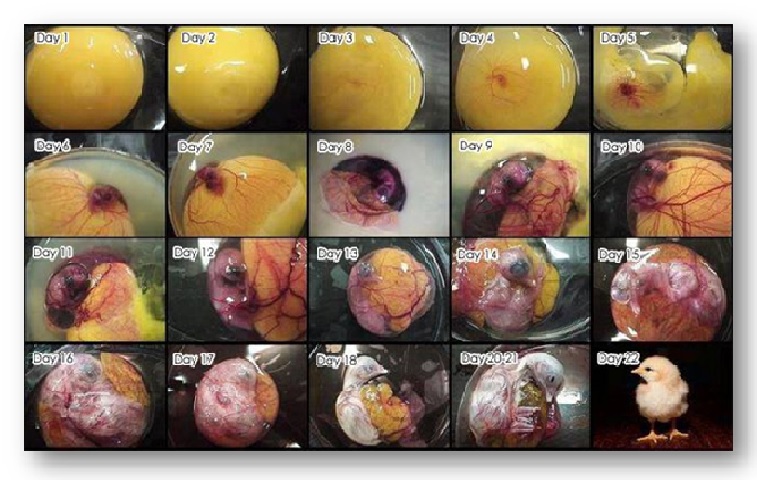Current commercial, pre-commercial, and experimental in ovo techniques for the sex determination of fertilised eggs employ either minimally invasive biomolecular assays (extracting fluid via a small laser-drilled window in the eggshell, for detection of genetic or hormonal biomarkers), analysis of volatile compounds emitted from the eggshell, visible imaging, and reflectance or transmission spectroscopic analysis exploiting molecular optical fluorescence, polarisation, and scattering phenomena, including various combinations of these modalities. To date no endeavour employing the NIR and FTIR based spectroscopic techniques has resulted in a commercially sustainable solution to the egg sexing problem.
Besides achieving only subpar performance in overall accuracy, specificity and sensitivity, the least invasive of the current state-of-the-art optical methods still requires, creating a transmission window (fenestration) of 12–15 mm diameter through to the mammillae layer of the shell, proximal to the external shell membrane, which can affect the incubation or post-hatch development viability of up to 10% of incubated eggs. Multimodal solution combining Raman spectroscopy and hyperspectral imaging has strong prospects to overcome the hard barriers existing before the perfection of a non-invasive in-line process for high reliability and rapid throughput for sex determination of eggs within 3 days of incubation. The method for sexing of chicken embryos needs to take a multipronged approach in collecting and analyzing spectral data that points to biomarkers using the machine learning approaches to look for nanomolar to picomolar concentrations of these in the fluid.

